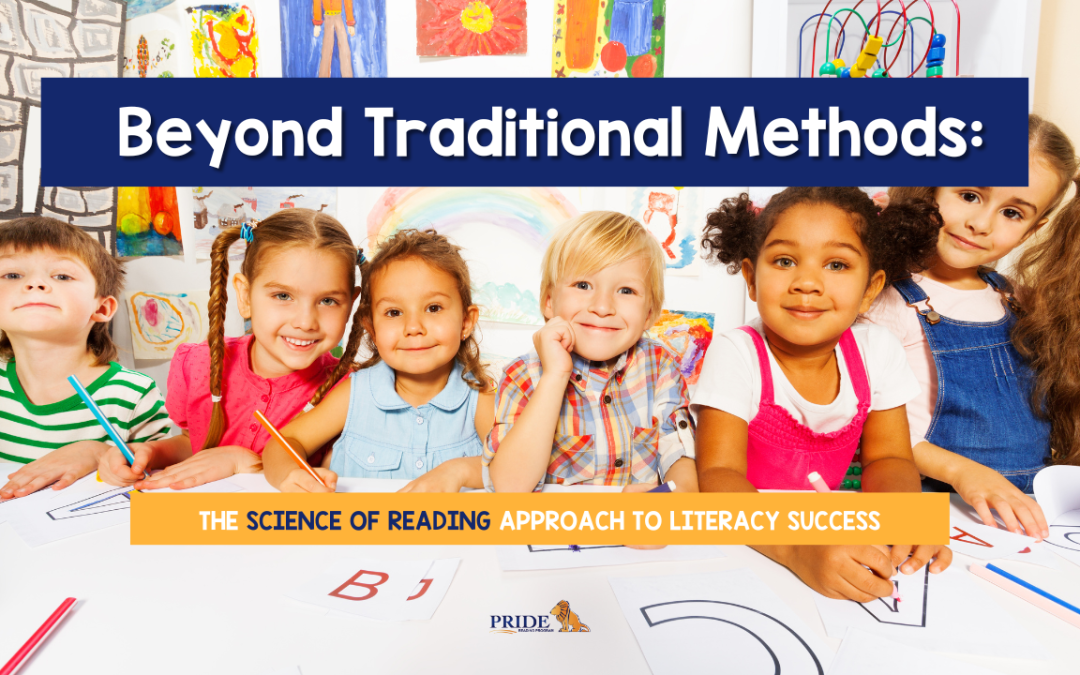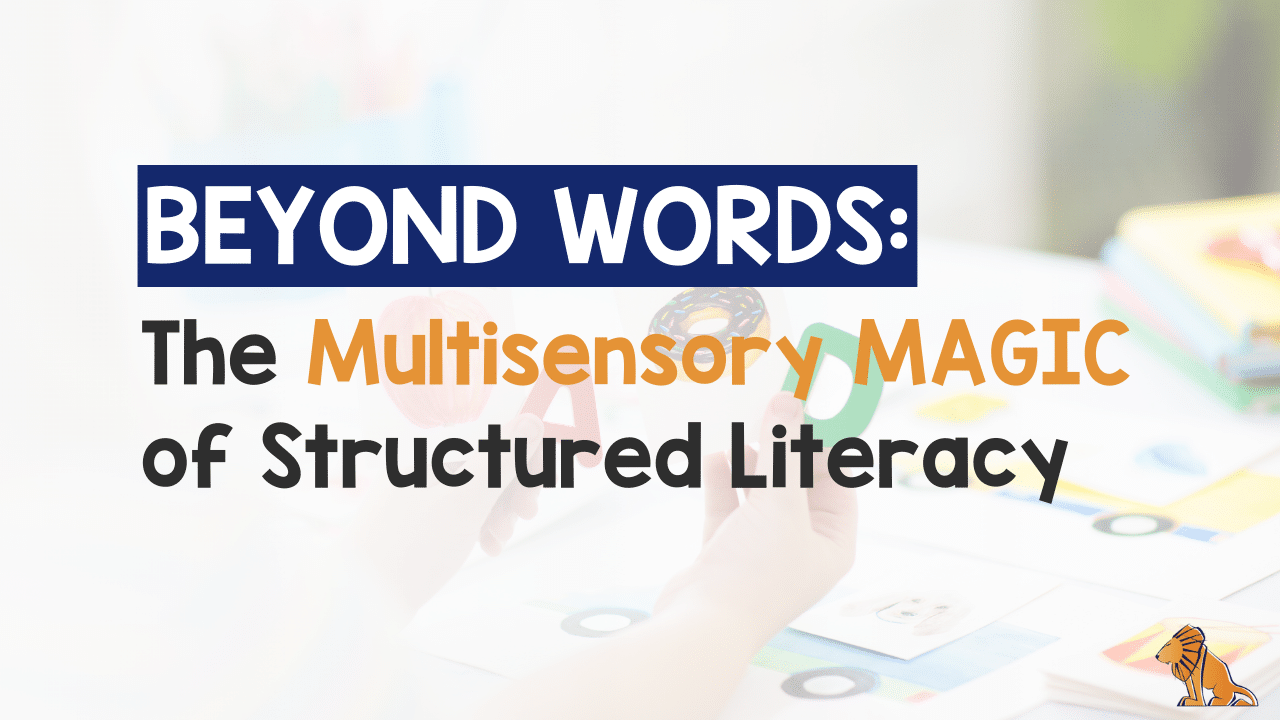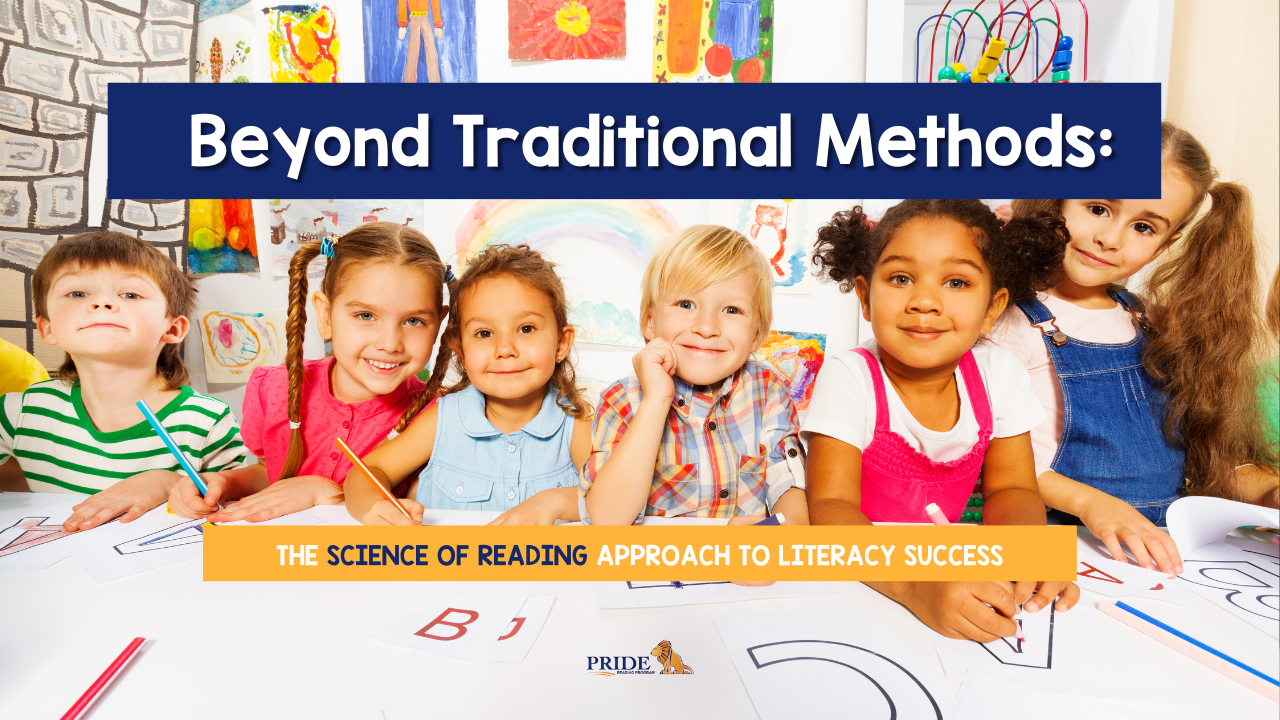For decades, traditional reading instruction methods have governed classrooms, and while some students have thrived, others have consistently struggled. This disparity has prompted educators to look beyond conventional techniques to the Science of Reading, an evidence-based approach that acknowledges the intricate cognitive processes involved in learning to read. This blog delves into why traditional methods often miss the mark and how the Science of Reading approach paves the way for literacy success for learners of all abilities.
The Shortcomings of Traditional Reading Instruction
Traditional reading instruction often emphasizes memorization and the whole-language approach, which assumes that reading is a natural process that children will learn just as they learn to speak. However, this method overlooks the fact that reading is not innate—it must be taught and learned. This approach often fails to cater to diverse learning needs, especially for students with dyslexia or other learning differences who require more explicit instruction in decoding words.
Dive deeper here: How Children Learn To Read
The Cognitive Underpinnings of Reading
Reading is a complex cognitive process that involves multiple areas of the brain working in concert. The Science of Reading draws from decades of research in psychology, neuroscience, and education to understand how we learn to read. This research has shown that successful reading instruction must include several key elements:
- Phonemic Awareness: Understanding that words are made up of individual sounds, or phonemes.
- Phonics: Recognizing the relationship between phonemes and their corresponding letters or groups of letters.
- Fluency: Reading with speed, accuracy, and proper expression.
- Vocabulary: Understanding the meaning of words, both in isolation and within context.
- Comprehension: The ability to process text, understand its meaning, and integrate it with what the reader already knows.
Explicit Instruction
Explicit instruction is another pillar of the Science of Reading approach. It involves direct teaching of all concepts with clear, concise instructions and demonstrations. This method is systematic and cumulative, meaning that it builds from the simplest concepts to more complex ones, ensuring that no critical learning step is missed.
Multisensory Learning
At the heart of the Science of Reading is the principle of multisensory learning, which integrates visual, auditory, kinesthetic, and tactile activities to enhance memory and learning of written language. This approach is particularly beneficial for students with learning differences as it engages multiple senses to reinforce reading skills.
Learn more about the Multisensory approach to reading.
By combining these principles, the Science of Reading-based curricula provide a holistic understanding of language. This method does not just teach students to decode words but also to comprehend and think critically about texts. This comprehensive strategy equips students with robust literacy skills that serve as the foundation for all future learning and academic success.
Systematic Phonics and Structured Literacy
Systematic phonics is a method of teaching reading that emphasizes the systematic acquisition of letter-sound correspondences. This approach stands in contrast to methods that encourage guessing at words based on pictures or context clues. Structured literacy programs like the PRIDE Reading Program incorporate systematic phonics as part of a comprehensive approach to reading that is aligned with the Science of Reading.
Holistic Understanding of Language
Systematic phonics is a method of teaching reading that emphasizes the systematic acquisition of letter-sound correspondences. This approach stands in contrast to methods that encourage guessing at words based on pictures or context clues. Structured literacy programs like the PRIDE Reading Program incorporate systematic phonics as part of a comprehensive approach to reading that is aligned with the Science of Reading.
Thriving Academically with the Science of Reading
Through explicit, systematic, and multisensory learning, the Science of Reading approach meets students where they are, acknowledging their individual needs and cognitive processes. The PRIDE Reading Program embodies this approach, ensuring that every student has the tools and support necessary to develop strong literacy skills and thrive academically.
As we move beyond traditional methods, it becomes clear that the Science of Reading approach is not just about teaching students to read—it’s about understanding how they learn to read. This shift in perspective is critical for creating inclusive learning environments where all students can succeed.
The Takeaway
For educators and parents looking to embrace a method that bridges gaps left by traditional reading instruction, the PRIDE Reading Program offers a proven, science-based solution. To discover how to transform your approach to literacy instruction and set your students on a path to success, call 866-774-3342 ext. 2 for more information.
Embrace the science. Unlock potential. Achieve literacy success with PRIDE.
Thank you for reading this post today. You might also enjoy reading:
The Science of Reading: What All Teachers Should Know
How Children Learn to Read: A Guide for Parents and Teachers
Harnessing the Power of Phonemic Awareness, Phonological Awareness, and Phonics
To learn more about effective reading education, visit us at Pride Reading Program today! This Orton-Gillingham, structured literacy curriculum is aligned with the Science of Reading and used by teachers and parents worldwide with great success!
PRIDE Reading Program
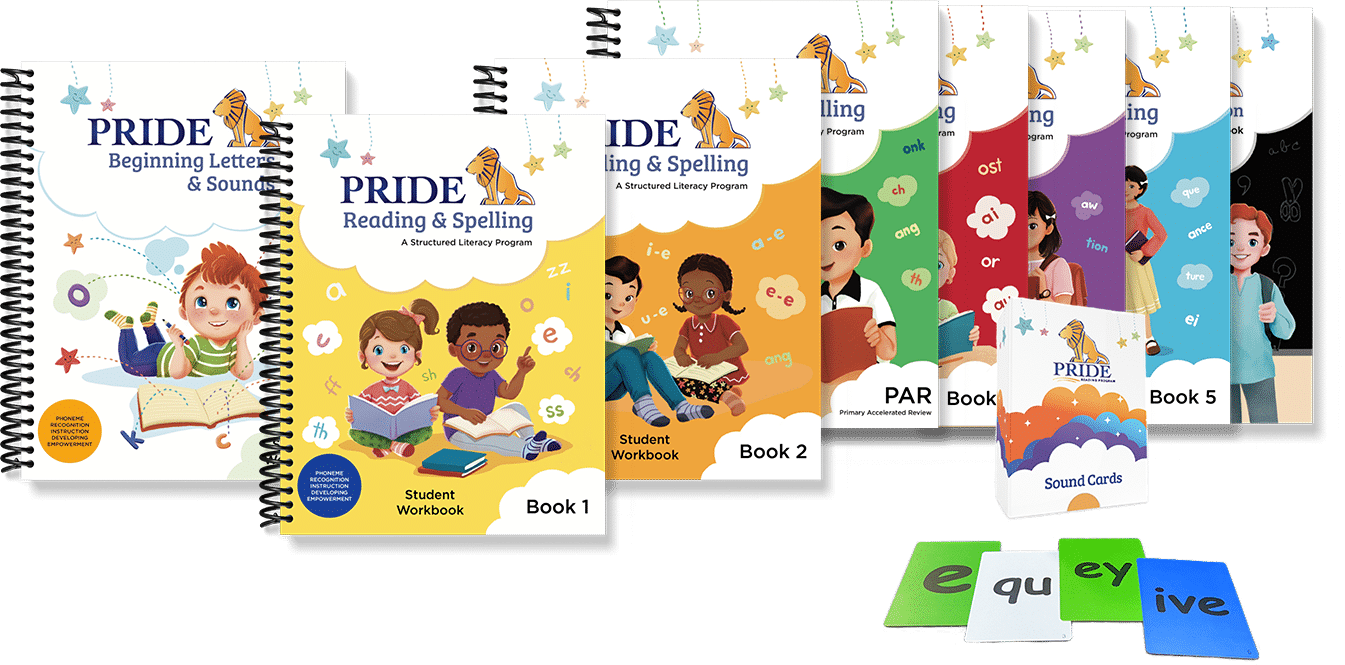
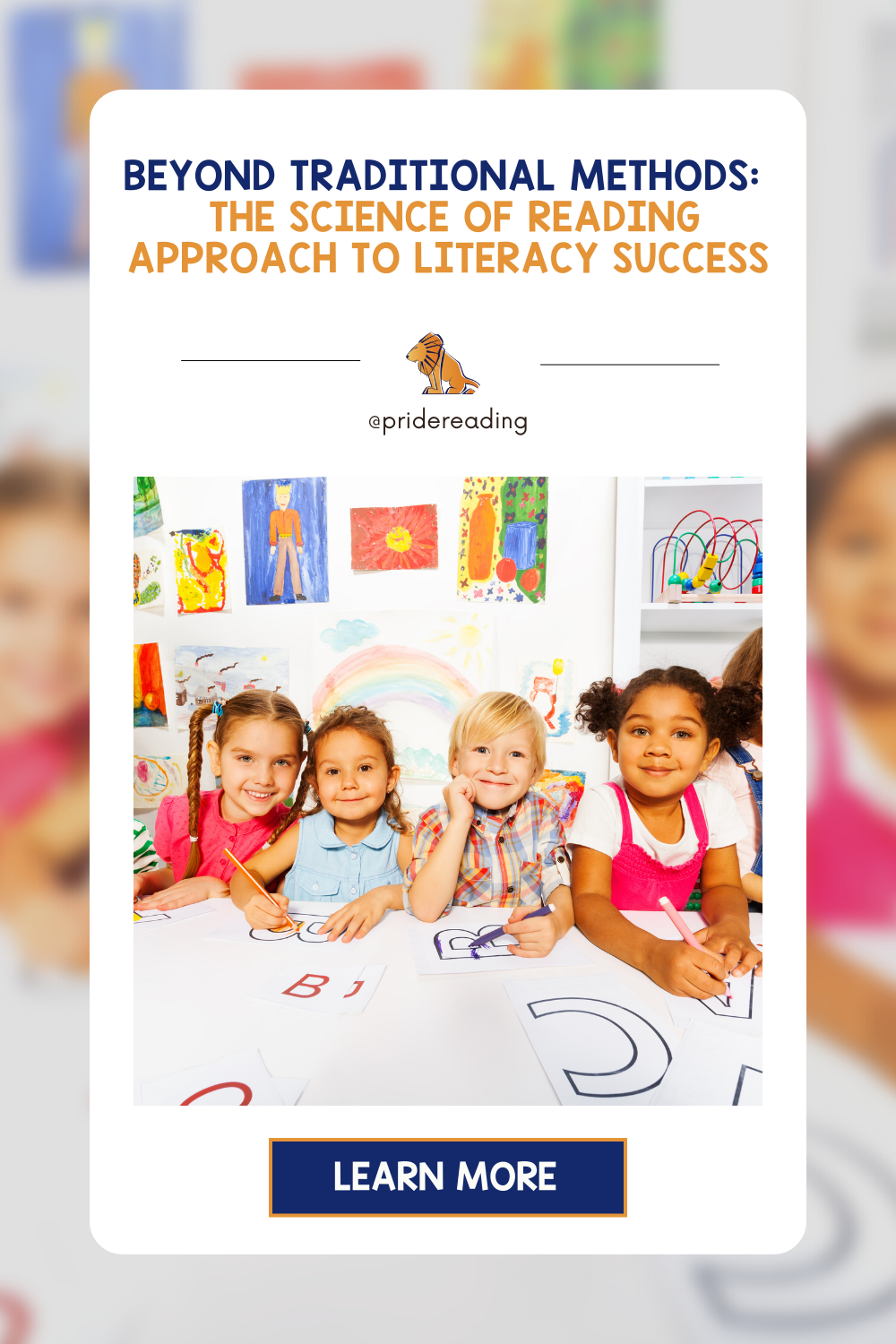
Karina Richland, M.A., is the author of the PRIDE Reading Program, a multisensory Orton-Gillingham reading, writing, and comprehension curriculum that is available worldwide for parents, tutors, teachers, and homeschoolers of struggling readers. Karina has an extensive background in working with students of all ages and various learning modalities. She has spent many years researching learning differences and differentiated teaching practices. You can reach her by email at info@pridereadingprogram.com or visit the website at www.pridereadingprogram.com

